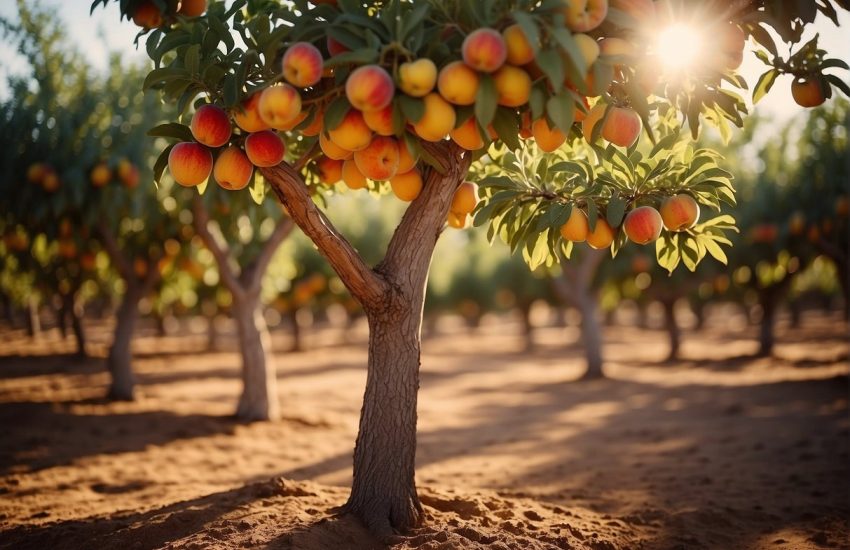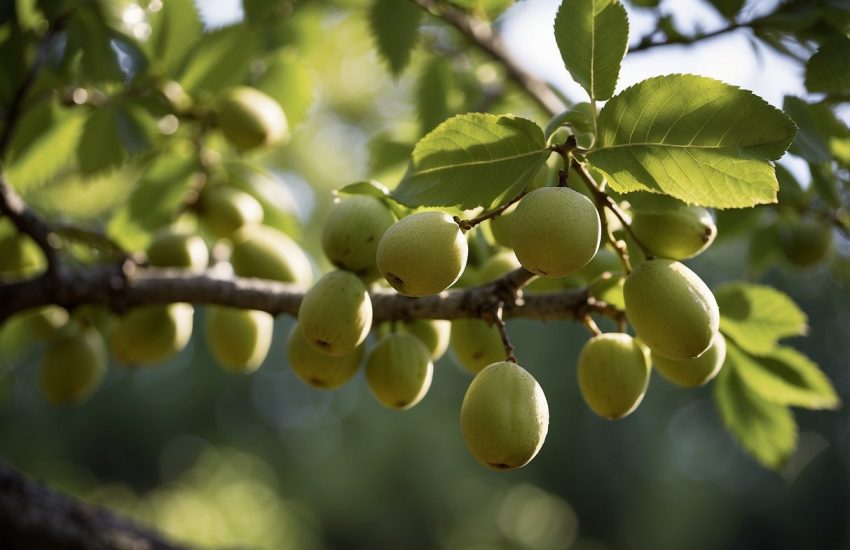Best 6 Plum Trees To Grow In New Jersey
The plum tree thrives in heat, unlike most other fruit trees. When it has a warmer winter and spring, this early summer fruit-producing tree will grow faster and produce more plums.
There are only a few fruits that are as hardy as plums. It can withstand almost all types of insects and all diseases, which makes it a perfect fruit tree for growing here in New Jersey, as compared to the other fruit trees on this list.
As the spring is approaching, animals like rabbits, deer, and squirrels become more active in order to survive the season. It is believed that plums are one of their first food items.
Plum trees are not the best performer in wet conditions just like pear trees. This type of tree should be planted in an area of your yard with well-draining soil and long periods of direct sunlight for this to thrive.
Pruning is the number one tip for becoming a successful grower of plum trees. Pruning your plum tree at the start will encourage it to grow and will allow it to bear fruit in 5-6 years time.
Stanley Prune Plum Tree
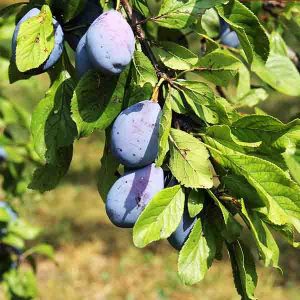
A century old Stanley plum tree variety (Prunus ‘Stanley’) is among the most popular European plum varieties on the market! Which is the reason for the popularity of the Stanley European? You can plant it for its incredible fruit, but it also makes a beautiful ornamental plant with its lush, dark green foliage! Your landscape will benefit from this win-win situation!
Your Stanley will become covered in snow-white blossoms when spring arrives, attracting butterflies and bees that will help pollinate your plants. These sweet-smelling flowers will draw you to them just like butterflies do!
In the summer, enjoy the deep green foliage while waiting for your harvest mid-season to late season. Furthermore, the form assumes a vase-like shape as it matures! A medium-sized tree, Stanley will fit in most landscapes, and will produce large, reliable crops all year long!
Superior Plum Trees
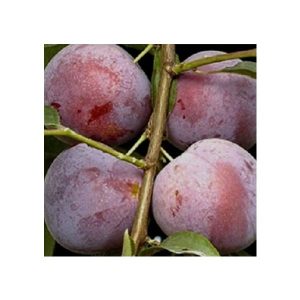
This hybrid plum was named Superior for a good reason. It is highly adaptable and cold hardy. You can expect consistent results from these trees every year, since they begin producing early.
The Superior Plum tree (Prunus hybrid ‘Superior’) is a cross between an American plum and a Japanese plum. In USDA hardiness zones 4 and 5, these plants are also highly recommended.
Sub-freezing temperatures are no match for Superior Plum trees! Additionally, they do well at higher altitudes up to 8,000 feet.
Young trees begin their productive lives. The autumn harvest will be so welcome after a beautiful, heavenly smelling white flower display in spring.
Toka Plum Tree
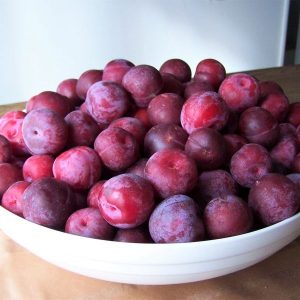
Some of your toughest garden plants aren’t the stars. Toka Plum Tree (Prunus ‘Toka’) belongs to this category. I bet you will love the super-sweet fruit. It has been around since 1911, so I know it’s a great tree. (This fruit has a distinct aroma and taste so similar to candy that you’ll want to take a bite before you even take a sip.) But that isn’t why you’ll want to plant Toka in your home orchard this year.
The reason you should plant it is that Toka produces tons of pollen every year and will supply your garden with an abundance of plums! It can set fruit without requiring a companion tree, as it is self-fertile.
Buying this tree will not disappoint you, but you won’t be disappointed if you have another plum tree in your yard.
Black Ice Plum Tree
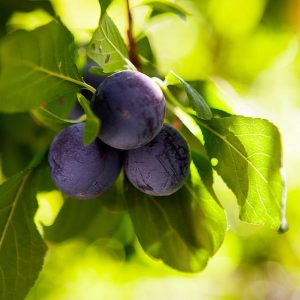
Black Ice plum trees are the California plum trees of the midwest. They can withstand low temperatures down to -30 degrees Fahrenheit. As a result, your tree won’t freeze to death below freezing, so you’ll never have to worry about replanting when it gets cold.
Landscape Your Home with Surprising Interest
Its branches spread out and weep over the trunk creating an architectural display to ponder over season after season. A lush green canopy surrounds the tiny, white flowers that bloom in the spring. You will find lots of plums in late July, with red and yellow flesh and large, purplish-black fruit.
Italian Plum Tree
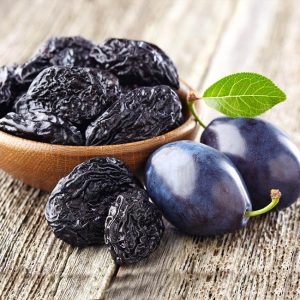
With a height of only 10-15 feet, you can plant your Italian Plum just about anywhere in your yard. Create a stunning showpiece in a small yard, or scatter it all over a big open area.
It’s one of the easiest fruits to grow, and even a novice fruit grower can grow it easily.
Featuring beautiful spring flowers and deep plum fruit on a manageable, naturally dwarf tree, the Italian Plum is perfect for any yard, city, country, and everywhere in between.
You’ll find no end to the ways you can enjoy your Italian Plums, whether you fry them, make jams and jellies from them, go to the store and buy them frozen or even dry them.
2-in-1 Plum Surprise Tree

Are you aware that one tree has the ability to produce two types of juicy plums at a time? You will be able to have everything with our 2-in-1 Plum Surprise. It’s almost too good to be true, but we promise you that it’s true.
The good news is that you won’t need a huge plot of land in your backyard in order to reap a large harvest year in, year out. It’s also fun You won’t be able to tell that there are three types of plums grafted on your tree until it bears fruit. That means your first harvest will come as a pleasant surprise!
Furthermore, you are going to get fruit as soon as the season starts. It is important to understand that your 2-in-1 Plum Tree is hand-grafted, which means that the top of the mature tree is spliced onto the rootstock of a young tree.
In this process, the tree is safely accelerated in its growth so that when the harvest time comes, you can have a mature harvest but handle virtually no maintenance on the tree.
Effortless, hassle-free, and no guesswork. It thrives in a wide range of conditions thanks to its resilient nature. Areas in the south are more Humid climate is great for plum trees, and the variety you have is quite hardy as well.

